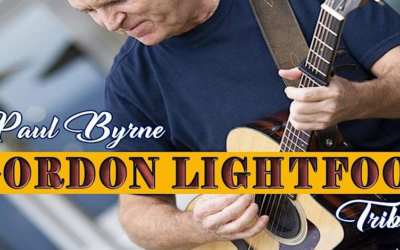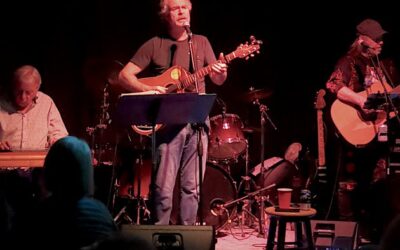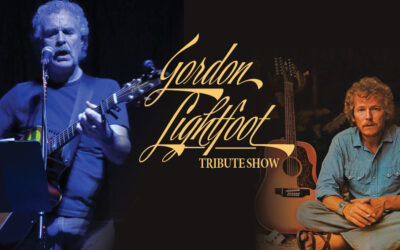[BlockQuote quote=”Inspired by Old World traditions and New World sustainability, winery architecture is transforming the Okanagan” author=”June-July 2013 ” sourcetitle=” Vintage Style” sourceurl=”https://okanaganlife.com/vintage-style/”]




 When Father Charles Pandosy planted the first Okanagan grapes in 1859 his motives for wine making were sacramental. Perhaps the wine might lure more settlers to his church? Today, the building in the Mission area of Kelowna still delivers a “sense of place” to our community or, as Goethe would say, stands as “frozen music.” In the last decade, Okanagan winemakers, proprietors and owners have partnered with exceptional architects, engineers and builders to create a uniquely Okanagan “sense of place” that celebrates aesthetically brilliant architecture, inhabited sculpture, to complement the sweet song known as the Okanagan’s burgeoning wine industry.
When Father Charles Pandosy planted the first Okanagan grapes in 1859 his motives for wine making were sacramental. Perhaps the wine might lure more settlers to his church? Today, the building in the Mission area of Kelowna still delivers a “sense of place” to our community or, as Goethe would say, stands as “frozen music.” In the last decade, Okanagan winemakers, proprietors and owners have partnered with exceptional architects, engineers and builders to create a uniquely Okanagan “sense of place” that celebrates aesthetically brilliant architecture, inhabited sculpture, to complement the sweet song known as the Okanagan’s burgeoning wine industry.
Almost 25 years ago, I realized how special the Okanagan was so we moved our young family here to start Okanagan Life magazine. This was around the same time that the BC government was paying farmers a premium price to pull out the old vines, most of which produced wine that even Charles Pandosy might find objectionable. Growers replaced them with some of the world’s great varietals and the magnificence of that decision can be inhaled, tasted and celebrated every day.
The lure of Okanagan wine has reached epic proportions, thanks to ideas that changed the way we needed to think about the future. Today, another revolution is taking place right under our noses. Architectural geniuses are transforming the wine industry into a business of monumental visual delight. Eiffel Tower designer Gustave Eiffel said, “The first principle of architectural beauty is that the essential lines of a construction be determined by a perfect appropriateness to its use.” As you gaze at the “frozen music”
on the cover and within these pages, ask yourself: have they not outdone themselves?
Stupefying.
The flip side of stupefying is boring, dull or expected. This is an example of where dictionaries (and the people they serve) fall short on accuracy. Perhaps more accurate antonyms like awful, ugly or disgusting would show up if neuroscientists re-wrote word meanings to more accurately describe our true feelings; whether conscious or unconscious. The private sector has delivered more than its fare share of ugly buildings and awful looking structures to cities around the world, handicapping or condemning its citizens to decades of visual blight.
Neuroscience is confirming much of what we already knew: ugly buildings and unpleasant structures activate unconscious stress and anxiety in the brains of individual citizens. The fact that we are forced to “see” them adds anxiety. Just as the tremendous foresight of plucking ghastly vines enabled a desperately awful wine industry to emerge as a golden butterfly, we must discuss ways to both remove visual blight from the Okanagan and, at the same time, encourage brilliant people to continue creating, designing and building the exceptional. Beauty is not fortuitous. It is dreamt, believed, planned and acted upon. And, in a separate nostalgic breath, we should celebrate the true Okanagan heroes that have dedicated so much time, money, resources and creativity, into what can only be described as amazing.
– John Paul Byrne, publisher




0 Comments